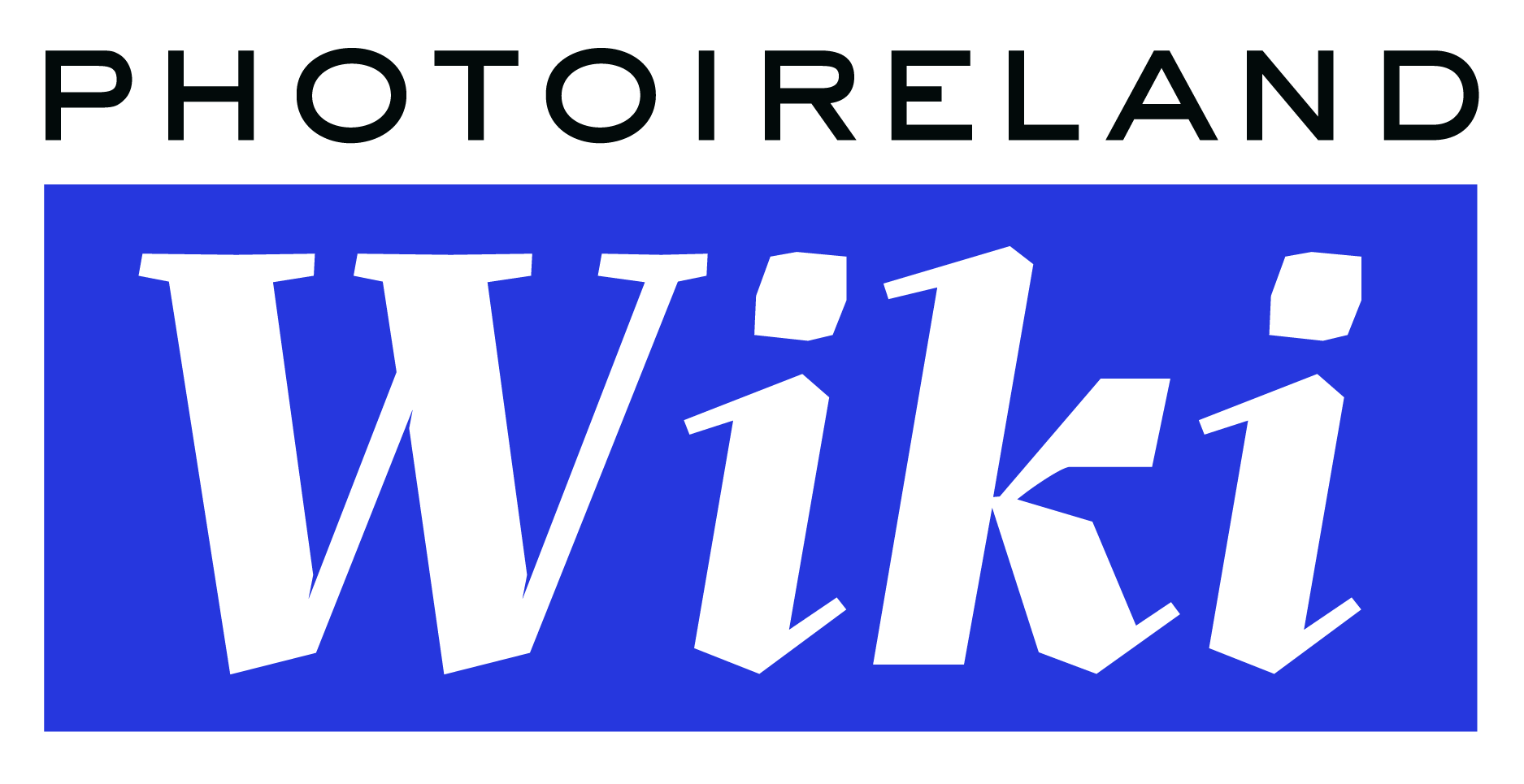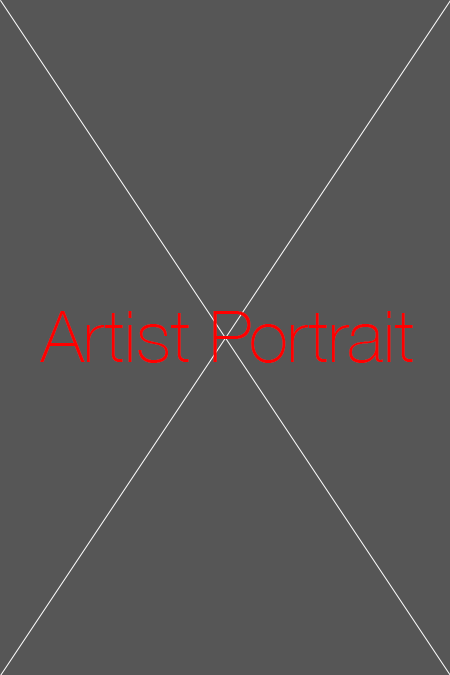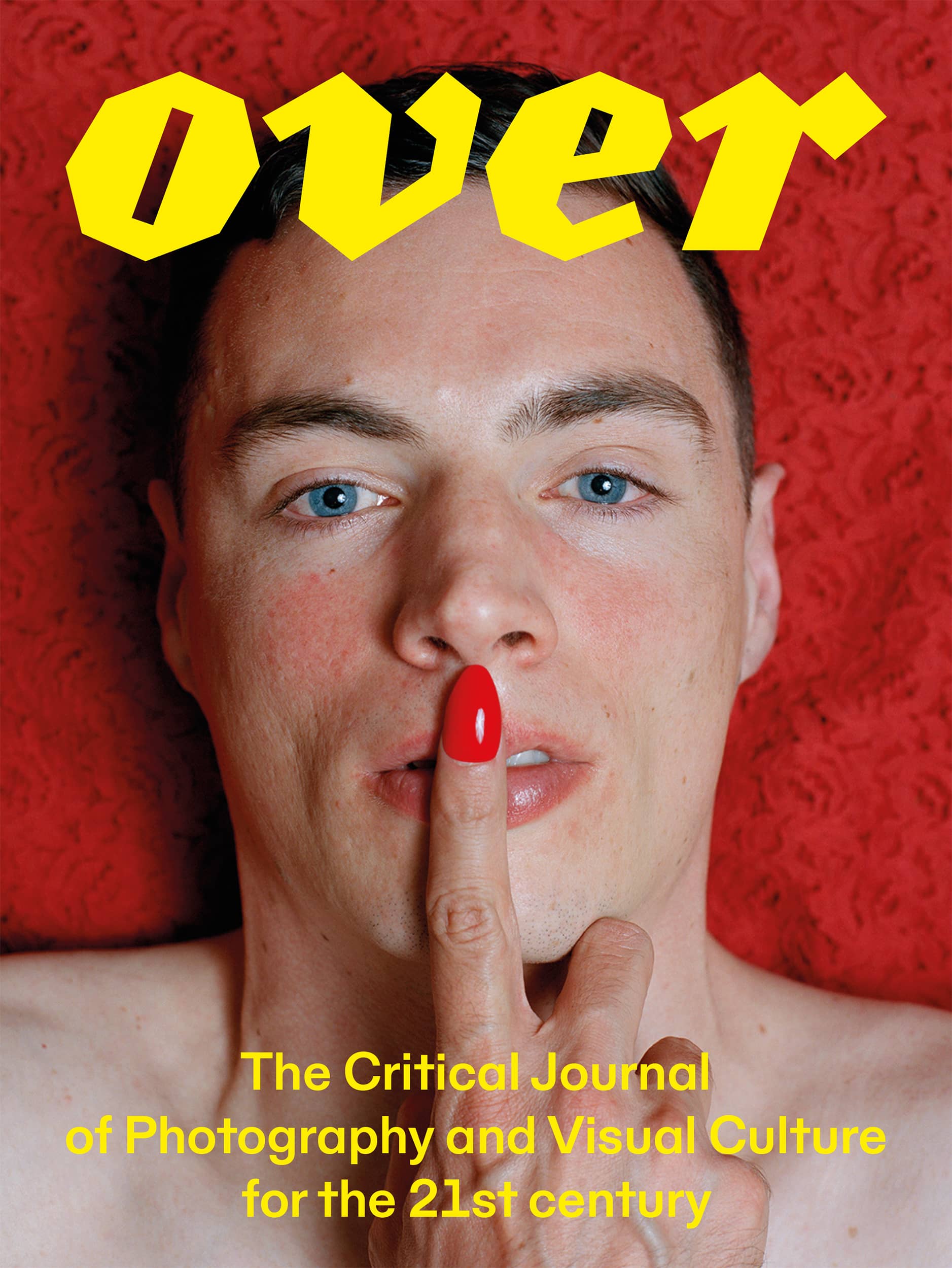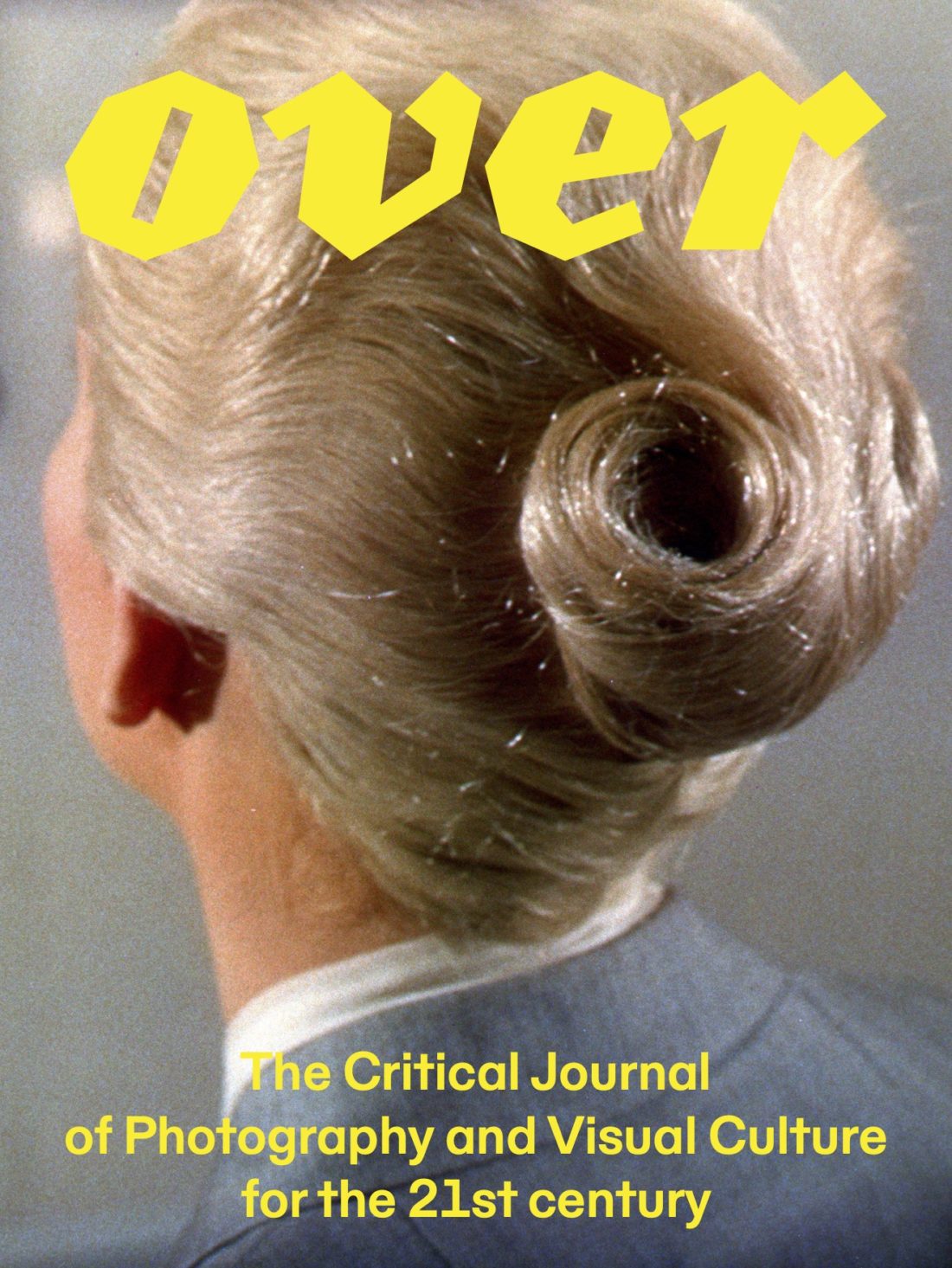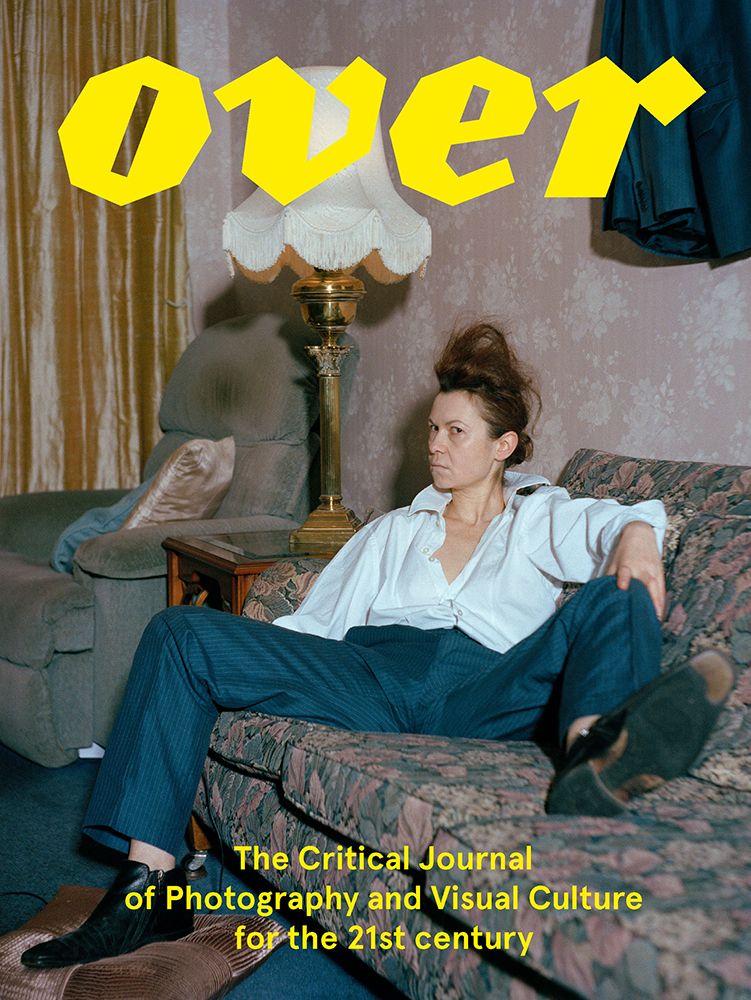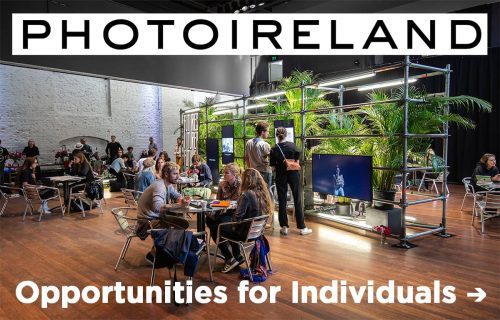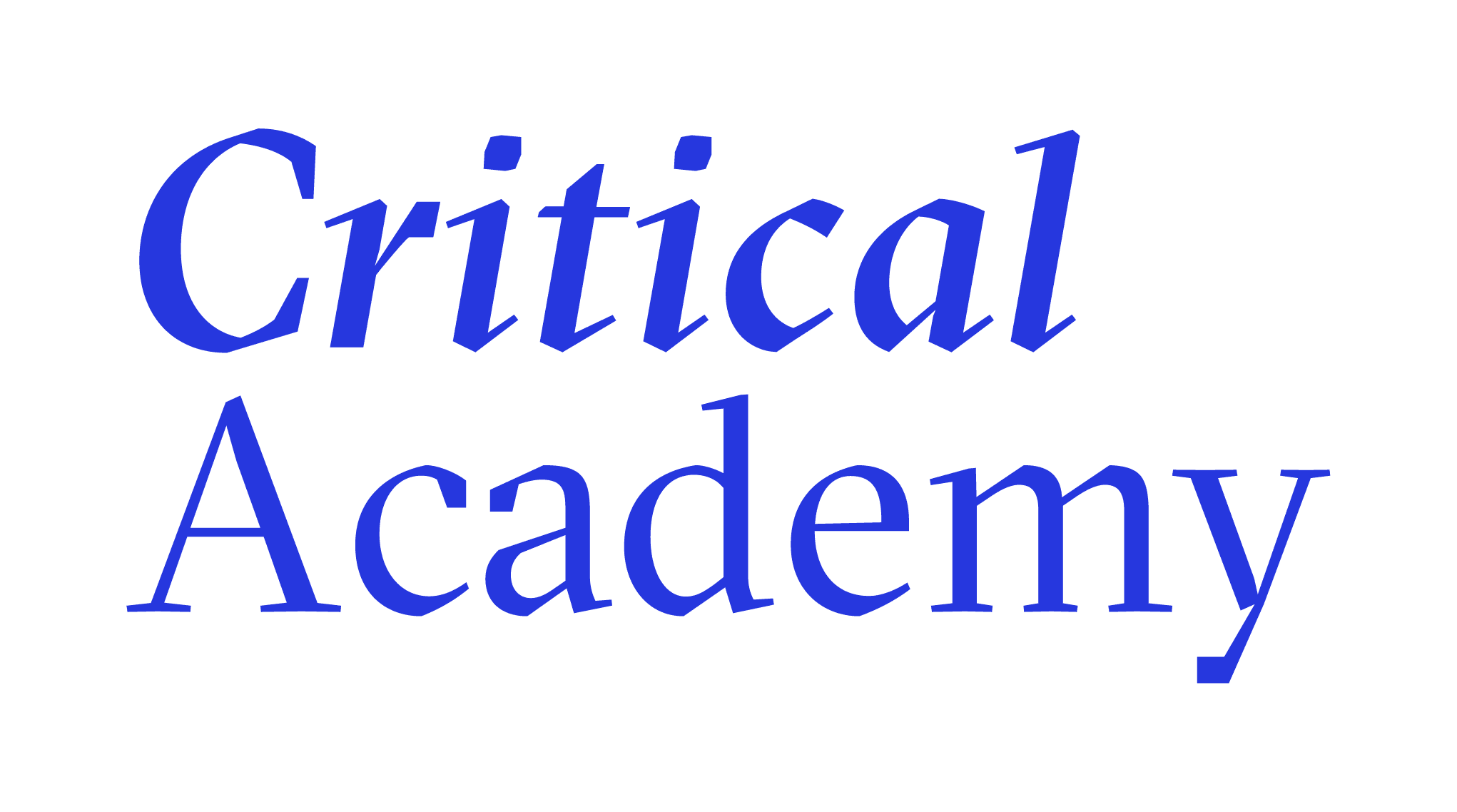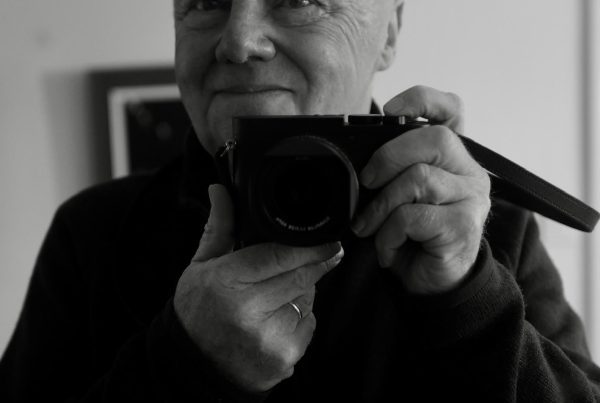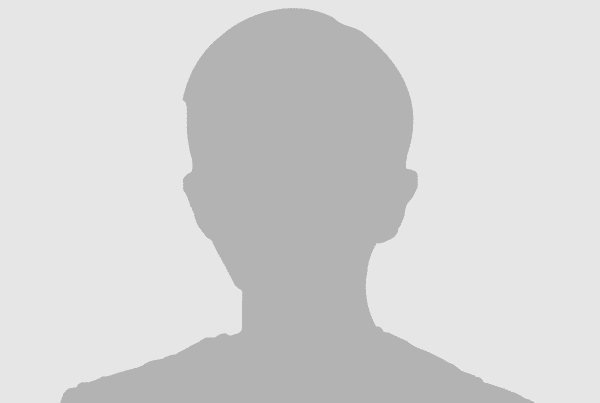
Garry Loughlin is a lens based artist whose work is research driven, incorporating photography, writing and archival material. His interests lie in the use of power, and the control of narratives and territories by those with that power. Loughlin is driven by unearthing micro-histories and the discovery of elements that can link a series of events that might initially seem isolated. Working with photography allows him to employ the language of documentary to challenge the perceived authority of the indexical image and its role in the distribution of history. Using original photographs alongside archival elements engenders a visually fragmentary approach reflecting the complex and often emotionally complicated narratives he wishes to convey.1
Bio & Career
Loughlin’s work can meet its audience in various formats and he is increasingly interested in formats which relate to or challenge notions of objective truth, such as publications and performance lectures.
Loughlin holds a MA in Documentary Photography from University of South Wales and has exhibited work internationally. Most recent shows included A Failed Attempt to Assemble a Mountain, a collaborative installation work with Alejandro Acin as part of The Centre of Gravity at Soap Works (UK), and The Clearing House in Test Space at Spike Island (UK). He has also delivered a performative lecture of The Clearing House as part of Bus Project’s (AUS) online program, Bus TV. 2
Exhibitions
Solo exhibitions
- 2019, The Clearing House, Test Space, Spike Island, Bristol (UK)
- 2013, A Farewell to Arms, The Market House, Mullingar (IE)
Group exhibitions
- 2022, On Possibilities of Frictions, A4 Sounds, Dublin (IE)
- 2020, The Elevator Chats, The Capa Centre, Budapest (HU)
- 2020, RESET, Futures Photography Platform, Online
- 2020, What Are Emerging Artists Talking About in Europe Today?, Futures Photography Platform Online
- 2020, Future Irish Talents 2020, The Library Project, Dublin (IE)
- 2020, A Failed Attempt to Assemble a Mountain, (in collaboration with Alejandro Acin), The Centre of Gravity, Soap Works, Bristol (UK)
- 2019, Where on Earth, Bay Arts, Cardiff (UK)
- 2019, Untitled [landscape], Luan Gallery, Athlone and Roe Valley Arts & Cultural Centre, Limavady (IE) (traveling exhibition)
- 2018, Untitled [landscape], The Bridewell Centre, Magherafelt and Rathfarnham Castle, Dublin (IE) (traveling exhibition)
- 2018, Oriel Davis Open, Oriel Davis Gallery, Newtown, Wales (UK)
- 2018, A Tension Span, Cardiff (UK)
- 2017, Jardin Maritime 02, Brussels (BE)
- 2016, DisPLAY, Billboard, Brussels (BE)
- 2016, Begira Photo, The Museum of Art and History, Durango (ES)
- 2016, Greetings from Ireland, Landskrona Foto Festival (SE)
- 2015, Sans Foreboding, TM51, Olso (NO)
- 2015, Kijk: Papers, Warte fur Kunst, Kassel (DE)
- 2015, Greetings from Ireland, Hamburg Triennial, Hamburg (DE)
- 2015, Poppostitions, Brussels (BE)
- 2014, Greetings from Ireland, The Library Project, Dublin (IE)
Projects
- The Clearing House (Year)
In September 1983, a Russian diplomat by the name of Victor Lipassov and his wife Evdokia were expelled from Ireland. Lipassov was working in the Russian Embassy in Dublin, and it was believed that he was involved in activities deemed unacceptable for a diplomat working in a guest country. Very little information was released in regards to what such activities entailed, but this did not stop the speculation from political parties and the media.
The Lipassovs’ expulsion led to the unearthing of a somewhat hidden truth. It revealed the presence of a border cutting through four counties in the Republic of Ireland. This border, unknown to the general public, marked a 25km radius of which Soviet diplomats could not travel outside without requesting permission from the Irish authorities. This travel restriction had been imposed at the request of the British government, as they feared that the presence of Soviet officials in Ireland would be a threat to their national security. Ireland being considered a neutral country meant there was a low level of surveillance compared to other countries in the EEC, making it a prime location for transferring information undetected. The free travel between Ireland and the UK also left open many avenues for information to pass through before making its way to Moscow.
Recording a journey along the outskirts of this 25km radius, The Clearing House explores the use of invisible borders as an attempt to gain territorial control. While searching for hints of the border’s presence, it also casts light upon the insignificance of such lines to those with power.
This imagery made around the border is interwoven with a narrative tracing the activities of the Lipassovs’ time in Ireland. In drawing assortedly from official documents, newspaper headlines and local hearsay, The Clearing House investigates the role that speculation plays in the absence of evidence, interrogating its role as ‘a tool of the powerless’.
3
External links & References
- “About” Garry Loughlin https://garryloughlin.com/about/biography
- “About” Garry Loughlin https://garryloughlin.com/about/biography
- “The Clearing House” GarryLoughlin.com https://garryloughlin.com/works/the-clearing-house
